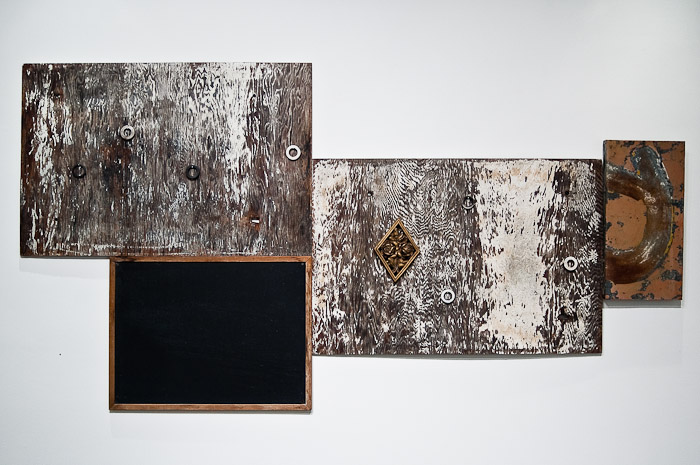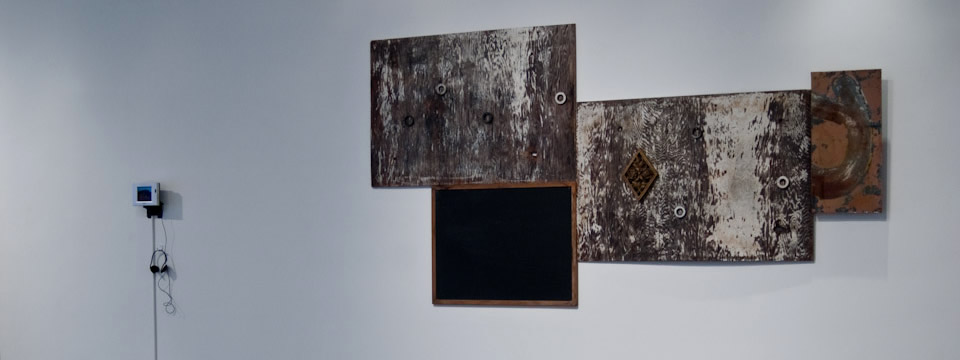
“From train’s tracks to type’s disappearance”
wood, ceramic, brass, metal, paint, resin
54 x 120 in.
Artists began to use a diverse range of everyday materials (in the 1960s) – sometimes industrial, sometimes organic – rather than those associated with fine art. These substances were often malleable, volatile or elastic, allowing natural forces and energies such as gravity, electricity, and magnetism to manifest themselves. The process of making was often evident in finished works.
[S]ays Frances Morris, head of collections (international art) at Tate Modern, “These (notions of ‘poor’ materials, non art materials) were all brought into the gallery by arte povera artists. But they also rejected the need to develop a personal style, approaching each work as a separate project. That’s why they tended to work across genres and media.”
Pioneered by Pistoletto, Mario Merz and Pino Pascali, arte povera erased the boundaries between the exhibition space and the outside world, addressing fundamentals such as: what does it mean to make art? “Pistoletto was really keen to connect his work with the world outside the studio,” says Morris. “So the work of art could be seen as the site of experimentation and connection with other parts of life, be they social, political, scientific, historical and cultural.”
